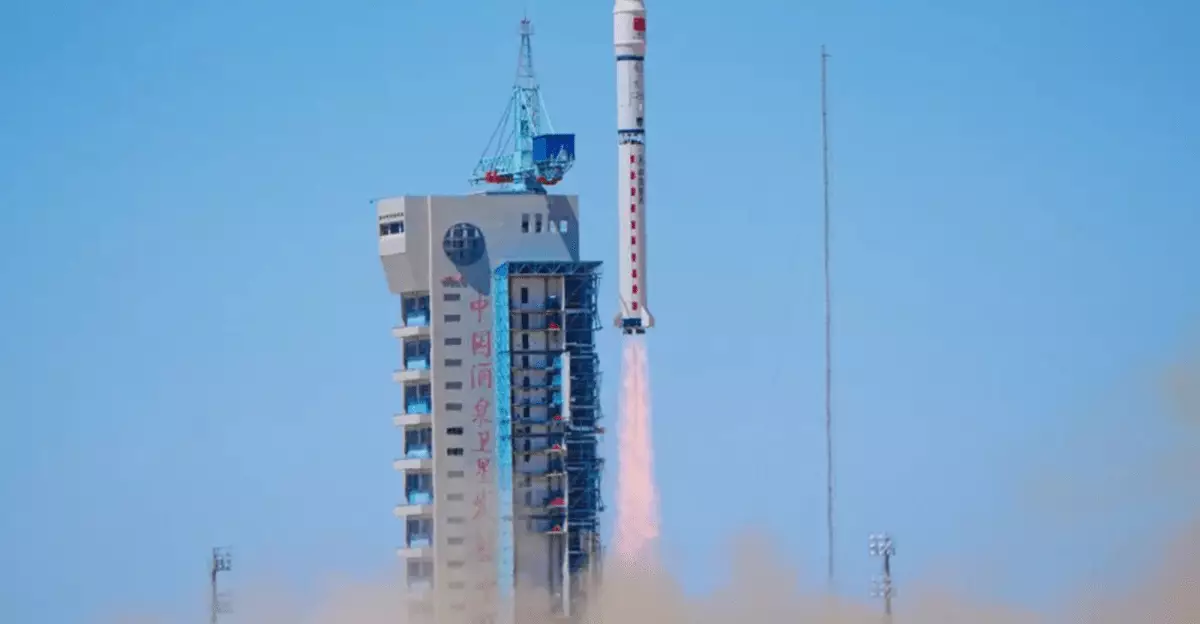China is making headlines with the remarkable launch of the first 12 satellites, officially kicking off its ambitious plan to create a constellation of 2,800 orbital AI supercomputers. Developed by ADA Space, in collaboration with Zhijiang Laboratory and the Neijang High-Tech Zone, these satellites represent a significant technological advancement in space-based intelligence, marking the beginning of what ADA Space terms the “Star Compute” program and the “Three-Body Computing Constellation.” The implications of this initiative extend far beyond national pride; they forecast a future where on-orbit computing alters our interaction with data in unprecedented ways.
Unleashing the Power of Autonomous Data Processing
One of the standout features of these satellites is their ability to conduct data processing autonomously in orbit, effectively minimizing reliance on ground stations. Conventional satellite transmission often suffers from latency and bandwidth limitations, with less than 10% of the data collected making it to Earth due to these constraints. The new satellites, with their onboard 8-billion parameter AI models, are designed to overcome these obstacles, executing up to 744 tera operations per second (TOPS) each, and collectively amassing a staggering 5 peta operations per second (POPS). This substantial computational capability pushes the boundaries of what is possible in satellite technology and presents a paradigm shift in data management.
Speed and Efficiency: The New Communication Backbone
In terms of communication, the satellites employ laser technology, allowing data exchange between them at speeds of up to 100 Gbps. This rapid communication is critical for effective decision-making and enhances the operational efficiency of the entire network. The ability to share 30 terabytes of storage means that these satellites can collaborate in real time, creating a cohesive system that not only increases data throughput but also fosters complex computations that are indispensable for advanced scientific research, emergency response, and even entertainment sectors, such as gaming.
Scientific and Practical Applications: More Than Just Data Crunching
The implications of this satellite network are vast and varied. Beyond merely processing data, these satellites carry scientific payloads, including X-ray polarization detectors able to capture fleeting cosmic events like gamma-ray bursts. Furthermore, they possess the capability to create 3D digital twin data, opening the door to innovative solutions across multiple fields, from enhancing emergency response strategies to enriching gaming and tourism experiences. The potential applications are virtually limitless, and such advancements position China as a frontrunner in the global space race.
Looking Ahead: The Vision for Future Connectivity
Ultimately, the grand vision behind this satellite constellation extends towards creating a network that can achieve an astounding 1,000 POPs. As the Chinese government champions this project, they are not just investing in technology; they are redefining the future of data connectivity and processing on a planetary scale. This presents a challenge to global competitors and invites questions about the implications of such advancements for international collaboration in space research versus territorial ambition. As we ponder this new frontier, it is clear that China’s efforts could reshape our understanding of AI and its integration into both our daily lives and the scientific community at large.

